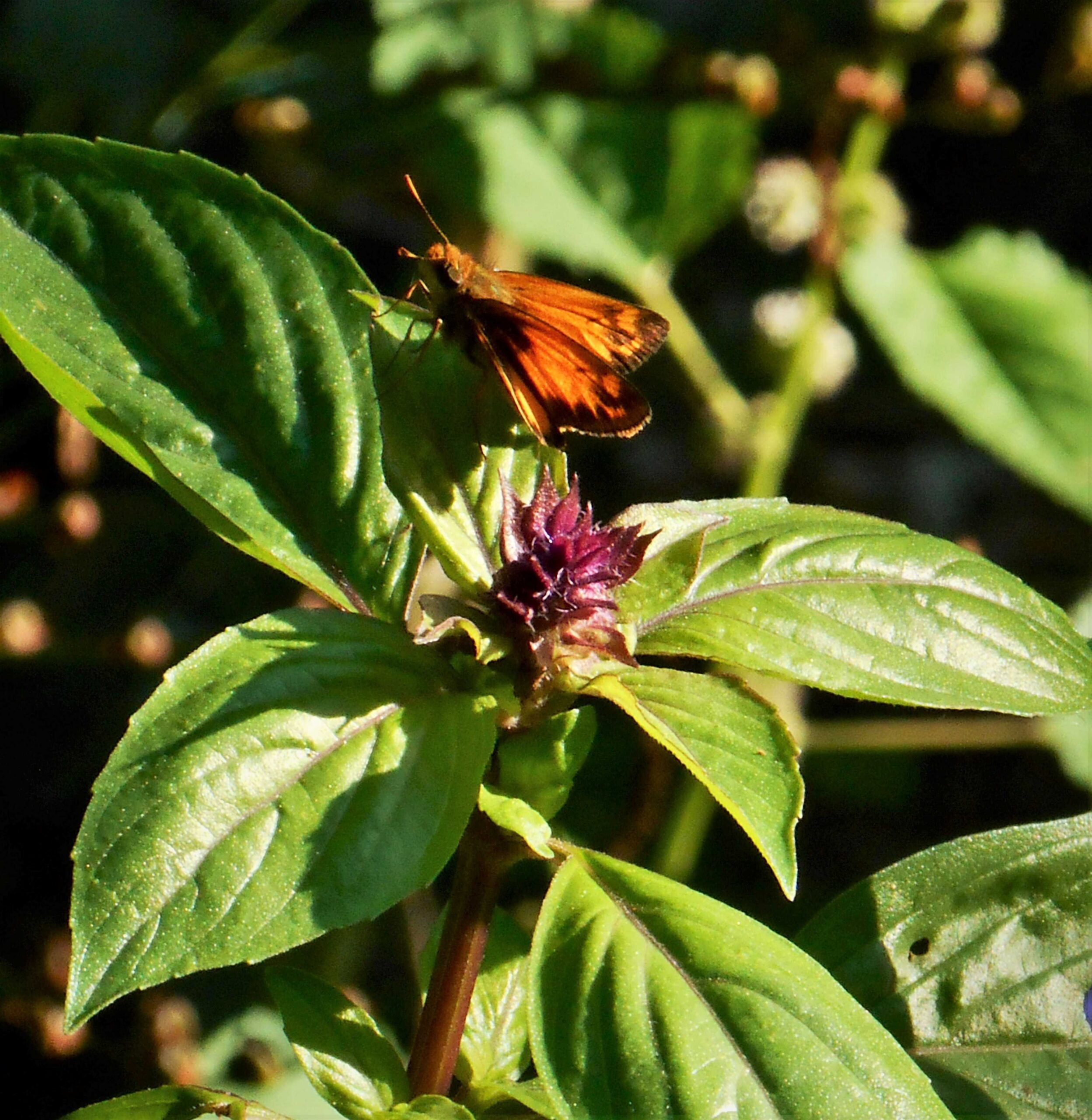A History of Our War With Plants
“I use only native plants, native to the planet Earth. I am using indigenous plants; they are indigenous to this part of the universe.” Bill Mollison, Founder and Director of The Permaculture Institute In the Beginning… Let’s begin with the obvious: we live within an ever-changing ecosystem. Europeans came to North America more than four centuries ago, cutting trees, planting fields, building homes and roads. Native Americans also cut trees, built homes, planted fields, hunted, and lived...










